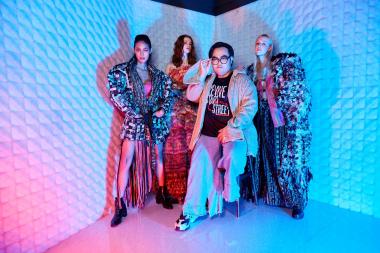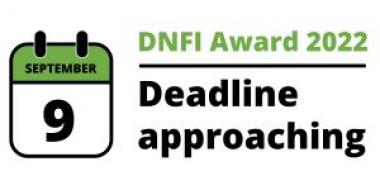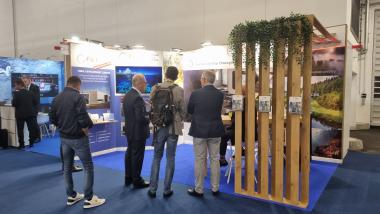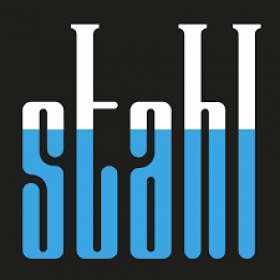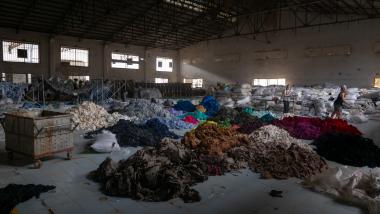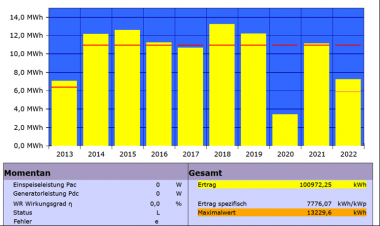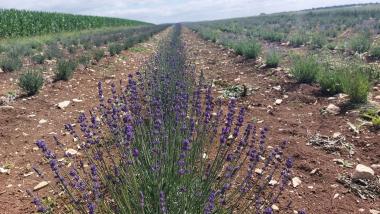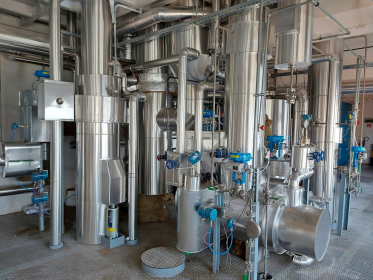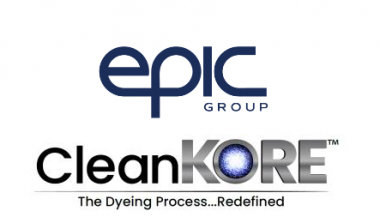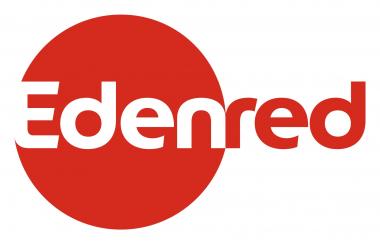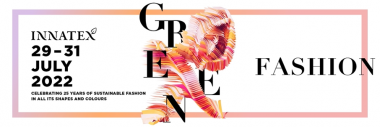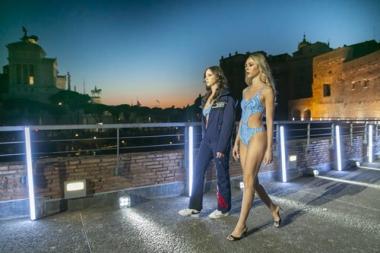17. Chemnitzer Textiltechnik-Tagung (CTT) am 28. + 29. September
Unter dem Motto „Textiltechnik als Schlüsseltechnologie der Zukunft“ informieren sich Maschinenproduzenten, Anwender, Textilfachleute und Forschende über neueste Entwicklungen in den Themenbereichen:
- Ressourceneffiziente und nachhaltige Prozesse
- Textiltechnologien für den Leichtbau
- Digitalisierung in der textilen Produktion
- Additive Fertigung mit Fasern und Textilien
Das Format bietet neben klassischen Vorträgen im Plenarteil und vier Themenkomplexen auch Pitches sowie studentische und wissenschaftliche Projektvorstellungen bzw. Exponate-Präsentationen.
Im Plenarteil der Veranstaltung werden der europäische GFK-Markt vorgestellt und die Bedeutung des Mittelstandes für die deutsche Volkswirtschaft näher beleuchtet.
Ausgewählte technologische Highlights der Fachvorträge in diesem Jahr sind neuartige Verfahren zum 3D-Druck, innovative Carbon-Textilien für die Betonarmierung sowie neue Digitalisierungsstrategien für den Maschinenbau und die Textilindustrie.
Kooperationspartner der diesjährigen Veranstaltung sind das tschechische Generalkonsulat und tschechische Branchenverbände.
Förderverein Cetex Chemnitzer Textilmaschinenentwicklung e.V.








